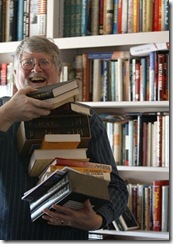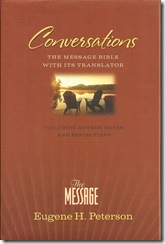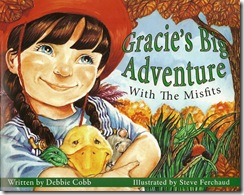This column began back on March 4, 1987 and celebrated two decades of weekly reviews this year. We were graced with an Annie award as well, for which we are grateful. Most gratifying, of course, are the notes over the years that have indicated the column has been of some small service in bringing readers and authors together.
In the history and memoir department, this year’s featured works included “Too Many Irons in the Fire: The Life and Times of Charles F. Stover and the History of the Ranching Families of Tehama, Lassen and Plumas Counties, 1850-2006” (Cheryl Conard Haase); “You Too Could Go to Federal Prison!” (Dorothy J. Parker); “Wooden Ships and Iron Men: The U.S. Navy’s Ocean Minesweepers, 1953-1994” (David D. Bruhn); “After the Dust Has Settled” (Dick Cory); “Towns of Mount Lassen” (William Shelton); “The House at 5th and Salem” (Chico’s Stansbury home) by Frederick S. Clough; and “85 Years – Durham High School” (Adriana Farley).
I reviewed two scholarly but accessible works from Chico State University professors, “Interfaith Encounters in America” by Kate McCarthy and “The Altruistic Species: Scientific, Philosophical, and Religious Perspectives of Human Benevolence” by Andrew Michael Flescher and Daniel L. Worthen.
There were inspirational works, too: “Foolsgold: Making Something From Nothing and Freeing Your Creative Process” by Susan Wooldridge (a hardcover selection of the Quality Paperback Book Club); “Power Stories: Everyday Women Creating Extraordinary Lives” edited by Cara Gubbins; “The Seven Principles of Golf: Mastering the Mental Game On and Off the Golf Course” by Darrin Gee; and “Becoming the Kind Father: A Son’s Journey” by Calvin Sandborn.
For young people: “Grand Canyon: Tale of the Scorpion (Adventures with the Parkers series)” by Mike Graf; “The Legend of Boomer Jack” by Tim Martin; and “Gracie’s Big Adventure With the Misfits” by Debbie Cobb.
This year also saw reviews of the Convergence Web magazine (www.convergence-journal.com) co-edited by Lara Gularte; and the humorous picture book “Animals Thinking Out Loud” by Mike and Nancy Agliolo.
The column featured two works by local poets: “Poem Pudding” by Archie Dan Murphy and “End-Cycle: Poems About Caregiving” by Patricia Wellingham-Jones.
Finally, there were the 9 novels (well, 8 novels and a collection of short stories) from area writers: “Sailing: Inside Passages – The Mysteries of the Inner Sea” (David Downes); “Flyboys—Risky Business” (Dean O. Talley); “Good Things” (Darien Gee writing as Mia King); “Quad” (Carrie Gordon Watson); “Happy Valley College” (Dick Carlsen); “Cutthroat” (Steve Brewer); “Paradise Stories” (Dustin Heron); “Lawrence of Vietnam” (Michael M. Peters); and “The Culverts of Humboldt County” (Tim Martin).
It was a good year.
Image by Bill Husa, Chico Enterprise-Record



























